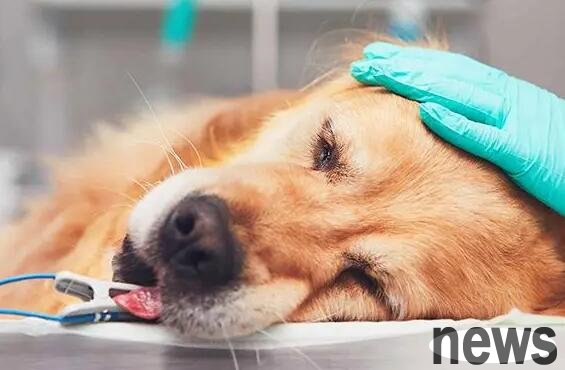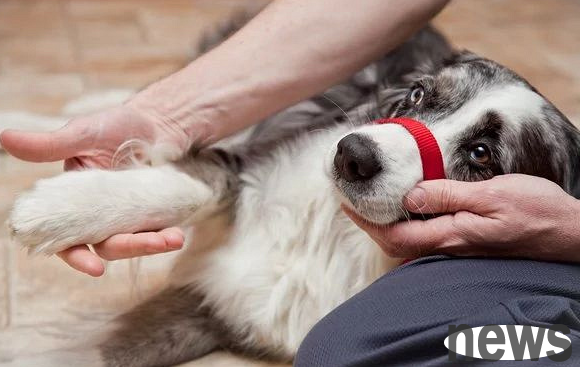The main cause of dog bleeding is trauma, such as scratches, stabbings, etc., causing blood to slowly seep out of the wound. If it is a major trauma, it can damage the artery blood vessels and cause major arterial bleeding in the dog. 1. Causes of d...
The main cause of dog bleeding is trauma, such as scratches, stabbings, etc., causing blood to slowly seep out of the wound. If it is a major trauma, it can damage the artery blood vessels and cause major arterial bleeding in the dog.

1. Causes of dog bleeding: The main cause of
bleeding is trauma, such as scratches, stabbings, etc., causing blood to slowly seep out of the wound, causing microvascular bleeding; major trauma can damage the arteries and cause major arterial bleeding.
2. First aid for dog bleeding:

Some minor scratches, stab wounds, etc. generally have not much bleeding. Dog owners do not need to panic. As long as they follow the following methods and do not cause infection, the wound will heal quickly; if the wound is very big and deep, you can follow the following procedures to stabilize the injury and ask for help. Pay attention to washing your hands before treating the wound, and it is best to wear disposable plastic gloves to ensure personal safety.
1. Hair shearing and disinfection can be used to disinfect any of the following methods: rinse the wound with your own disinfectant (both large and small wounds are suitable); clean the wound with water and soap (only for smaller wounds); wipe the wound with cotton swabs or disinfectant cotton balls dipped in yellow water. Each cotton ball can be applied once in one direction and replaced until the wound is clean (usual claw wounds). For wounds that are suspected of being stained with dirt, you should pay more attention to disinfecting them.
2. Let the affected dog lie down and raise the injured limbs, cover the wound with a piece of disinfectant dressing, press on the dressing with your hands, and apply appropriate pressure to help stop the bleeding. Usually, less severe bleeding (such as accidental injury) can stop bleeding within about 20 seconds. If it is a wound that is a bruised, since the blood does not flow out but just oozes out, there is no need to raise the wound limb to stop bleeding.
3. If no blood seeps out of the dressing after bandaging, it can be considered that the wound has basically stopped bleeding. At this time, use tape to fix the dressing.
4. Treatment methods for bleeding in special areas:
①, head. After disinfection, cover with a dressing to stop bleeding and need to be sent to the doctor for treatment.
②, nosebleed. Let the sick dog rest quietly first. For mild and small amounts of nose bleeding, keep the head of the affected dog horizontal or slightly elevate the mouth and nose, and apply a cold compress on the forehead and nose bridge. Generally, the bleeding can be stopped after a few minutes. For bleeding that continues, 1:50,000 adrenaline solution can be injected into the nasal cavity or a gauze strip soaked with a hemostatic solution to fill the hemostatic cavity with a gauze strip soaked in the hemostatic solution to stop bleeding. Use hemostatic drugs when necessary, such as intramuscular injection of hemostatic 5-15 mg/kg body weight; slow intravenous injection or subcutaneous or intramuscular injection of 0.3-0.5 ml of 0.3-0.5 ml of epinephrine solution, etc., are effective.
③. When the bleeding continues and shows signs of anemia, you can use 200~500 ml of 10% glucose solution, 100 mg of vitamin C, and 10 mg of vitamin K, and intravenous injection 2~3 times a day. 5. When the amount of bleeding is large, the wound is bleeding in a spray or bright red blood flows out, immediately use clean fingers to press the upper part of the bleeding point (percentral point) to interrupt the blood flow, and raise or raise the bleeding limbs to reduce the amount of bleeding. When using tourniquet to stop bleeding, you should first use a soft cloth to pad the tourniquet several layers. Do not use tourniquet 1/3 of the upper arm and under the armpits to avoid damaging the nerves.